Spanish Tortilla
The Spanish tortilla.
Despite the fact that it has the same name as the Latin American flatbread, the Spanish tortilla, commonly known in Spain as la tortilla de patatas, tortilla de patata or tortilla española, originating from the meaning ‘circular food’, is an omelette made with eggs, potatoes, and onions, but it can be served in a variety of ways. The tortilla can be found on its own, with chorizo, in-between bread, under fried peppers, and so much more. The possibilities are endless. The tortilla is a traditional dish and is an essential part of modern Spanish cuisine. It is celebrated as a national dish by Spaniards.
Paella originates from the Valencia region, Catalonia is known for its butifarra sausage or pan con tomate (bread with tomatoes), Galicia for its peppered octopus, and the Basque Country for its pintxos (meal on sticks). The tortilla, on the other hand, is a healthful, nutritive, affordable, easy, and quick to make dish that contains ordinary natural ingredients, which can be experienced throughout the whole of Spain.
The history of the Tortilla.
It's difficult to determine the origins of the tortilla, as it is with many other distinctive traditional cuisines around the world. However, because the major ingredient is the potato, we can deduce that the dish cannot be older than 500 years, because potatoes (along with corn, sugarcane, and a variety of other commodities) were brought in from the Americas during the colonial era. Furthermore, we know that when potatoes first arrived in Europe, they were mostly utilized for animal feed, as the European mentality at the time was that food grown in the ground was unfit for human consumption.
It's unclear how the Tortilla came into existence and how it became so popular in Spain. There are debates and a few theories that indicate how the Spanish tortilla was created.
One theory argues that the general, Tomás de Zumalacárregui, paid a visit to a local resident during the First Carlist War. Between 1833 and 1839, this war was fought in Spain. According to legend, an impoverished Navarre housewife scrambled up a dish for the General's unexpected visit. She devised the Spanish Omelette with only eggs, potatoes, and onion.
An opposite theory believes that the Spanish tortilla was invented by general Tomás de Zumalacárregui himself who served it to his troops during the 1835 siege of Bilbao. This is due to the fact that the dish was designed to be a quick and nutritious supper for the troops.
Another theory claims that the tortilla was invented in the late 18th century in the town of Villanueva de la Serena, in the province of Badajoz, in the southwestern portion of the country, a few decades after the time of the general Tomás de Zumalacárregui.
A different theory implies that Spanish tortilla has been around since at least the late 1500s, when it was recorded in a notebook belonging to the chief chef for Kings Philip III and Philip IV of Spain, according to the book ‘Culinaria Spain’.
One last theory states that the tortilla had started in Persia and spread westward. As it moved over Europe, numerous cultures adapted it in their own unique ways. As a result, they created various variations to call their own. The dish is known as Kookoo Sabzi in Persia. In Italy, it is known as the Frittata, while in our neighbouring country of France, it is known as the Omelette.
We may never know for sure when or where this recipe originated. Nevertheless, during the Fransico Franco era, promoting national cuisine as a whole was a key part of the nationalizing mission, and it was viewed as a powerful national symbol. Franco’s concern with promoting all things Spanish and purely national made the tortilla one of the most famous and popular dishes in Spanish cuisine. Whatever way you order your Spanish Tortilla, you will definitely enjoy this modular delicacy.
Best practices for the Spanish tortilla.
The Spanish tortilla is a versatile dish and depending on when you are eating, the tortilla can help you start your day as breakfast, get you energised as a snack throughout the day or fill you up as a complete meal with a variety of tapas for lunch/dinner.
There are some considerations to account for when preparing and cooking a Spanish tortilla. Use high-quality olive oil, keep in mind that the potatoes will be slow-cooked in olive oil, they absorb a lot of it compared to the eggs and onions. High-quality olive oil will allow the dish to taste much healthier. It is not about thickness, try to use a small frying pan and make two tortillas instead of one. This will allow the mixture to cook evenly and quicker compared to a too thick of a mixture. Use room temperature eggs in the tortilla to blend the mixture more evenly, otherwise, the eggs will have more viscosity from the cold. Before adding the mixture to the frying pan, allow the eggs, potatoes and onions to mix the flavour together for at least 15 minutes. Low heat should be favoured to cook the tortilla. If high heat is used then it is likely that the tortilla may taste rubbery. Take your time cooking a tortilla, there is no need to rush. Taking the extra time to cook the tortilla is worth it and can prevent burning. Do not cook the tortilla on one side, try to flip the tortilla to cook the mixture evenly all over.
The Spanish tortilla is so good. Although, do experiment with additional ingredients. You can add ham, chorizo, cheese or a touch of herbs into the tortilla mixture.
Fundamentals of the Spanish tortilla.
A Spanish tortilla, just like a quiche, can be served warm or cold and at any time of day. This can be found on the menus in many restaurants and cafes around the country. Tortillas are also great for a quick snack or light dinner on the run. A tortilla can also be found within a baguette sandwich. Simply cut a length of baguette, halve it lengthwise, and insert a tortilla chunk.
Tortillas are a budget-friendly and simple dish to prepare, which is beneficial because twisting or flipping a tortilla takes some practice. A cast-iron skillet, in general, generates the desired browned crust quickly enough to avoid overcooking the eggs, which is essential for generating a custard-like texture. A recipe for a nice tortilla can be found below. The ingredients that you will need for a tasty tortilla include:
300g waxy potatoes.
1 onion.
Olive oil.
5 large free-range eggs.
A basic recipe for making a tasty tortilla involves:
Using a speed-peeler, peel the potatoes and cut them into thin slices. Using a clean tea towel, pat the potato slices dry.
The onion should be peeled and thinly sliced. In a small frying pan over medium heat, drizzle 2 tablespoons of oil, then add the onion and potatoes.
Reduce the heat to low and continue to cook for another 25 to 30 minutes, or until the onions are golden and the potato pieces are tender. If you mix it too much, the potatoes will break up; instead, turn them halfway through with a fish slice.
In a mixing bowl, crack the eggs, season with a touch of sea salt and black pepper, and stir together with a fork.
Remove the pan from the heat when the onions and potatoes are done cooking and carefully pour them into the eggs. Return the mixture to the frying pan and keep it warm over low heat. Cook for about 20 minutes, or until the egg on top is virtually no longer runny.
To slightly lift and loosen the sides of the tortilla, use a fish slice. Carefully transfer the tortilla out of the pan onto a dinner plate, then return it to the pan and cook for another 5 minutes, or until golden and cooked through.
Turn out the tortilla onto a serving board, then cut into 6 wedges and serve hot or cold with a simple green salad.
Experiencing the Spanish tortilla.
There can be some confusion, depending on where you live in the world, with the word ‘tortilla’. Tortillas are two very different foods in Spain and Mexico. In Spain, a tortilla is a beaten egg omelette to which other ingredients such as potato, onion, or meat can be added. Meanwhile, in Mexico tortillas are flatbreads produced from using flour and cooked over an open flame. They are generally filled with or accompanied by meat or beans.
Spanish tortillas come in a wide range of shapes and sizes. The tortilla de patatas is the most common version of the dish, however, there are many more excellent combinations. Cheese and ham, fresh asparagus and mushroom, or goat cheese and caramelized onions are all delicious combinations.
This is a versatile dish that can be consumed for breakfast, lunch, dinner, or as a snack. A range of Spanish tapas goes nicely with tortillas. The majority of Spaniards consume their tortillas at room temperature. It can be served hot, cold, or room temperature.
To store a Spanish omelette, it must first cool completely. Refrigerate after covering with plastic wrap or placing in an airtight container. In the fridge, tortillas can last up to three days. You can reheat a slice of Spanish tortilla in the microwave for a few seconds (try 15 seconds to start). Alternatively, you may pan sauté with a little olive oil on the stove. It's worth noting that Spanish tortillas don't have to be reheated; many people prefer them cold or room temperature and don't want to risk the eggs becoming rubbery by doing so.
Any of the following foods would complement the Spanish tortilla wonderfully:
Chorizo al Vino Tinto: This simple chorizo tapa is perfect with tortilla and a hunk of hearty bread too.
Patatas Bravas: One of Spain’s most popular tapas and for good reason! These delicious fried potatoes with spicy bravas sauce are a must-make.
Padrón peppers: Padrón peppers are flash-fried and sprinkled with sea salt.
Classic Spanish Sangria: It's the perfect refreshing drink to accompany your tapas.
Gazpacho or Salmorejo: Spain’s most famous cold tomato soups go perfectly with a slice of homemade Spanish tortilla.
OUR SERVICES
CONVEYANCING.
Need help to purchase a lovely property or seeking to sell your small business?
NON-RESIDENT TAX.
Fancy visiting Spain a few times throughout the year?
WILLS & INHERITANCE.
Peace of mind can do so many wonders for all of those who you love. A Spanish will can help a family endure less pain & aggravation.
HEALTH INSURANCE.
Sometimes, you just that extra protection, no matter your age or circumstance. You never know what could happen.
HOME INSURANCE.
Occasionally, leaving your home unprotected doesn’t just put your possessions at risk, but also your memories.
COMPANY FORMATIONS.
Living in Spain is great, and owning your own business is amazing. Spain is open for business.
ACCOUNTING.
Numbers are good, especially when your business generates much profit.
RESIDENT APPLICATIONS.
Take the chance and move to Spain. Live a new life with so many new opportunities.
SPANISH GOLDEN VISA.
Looking for an opportunity to invest in living? A Spanish Golden Visa is the key for you to expand your life.
CONNECT WITH US
Feel free to ask us any legal or fiscal questions. You are more than welcome to also email or call us.

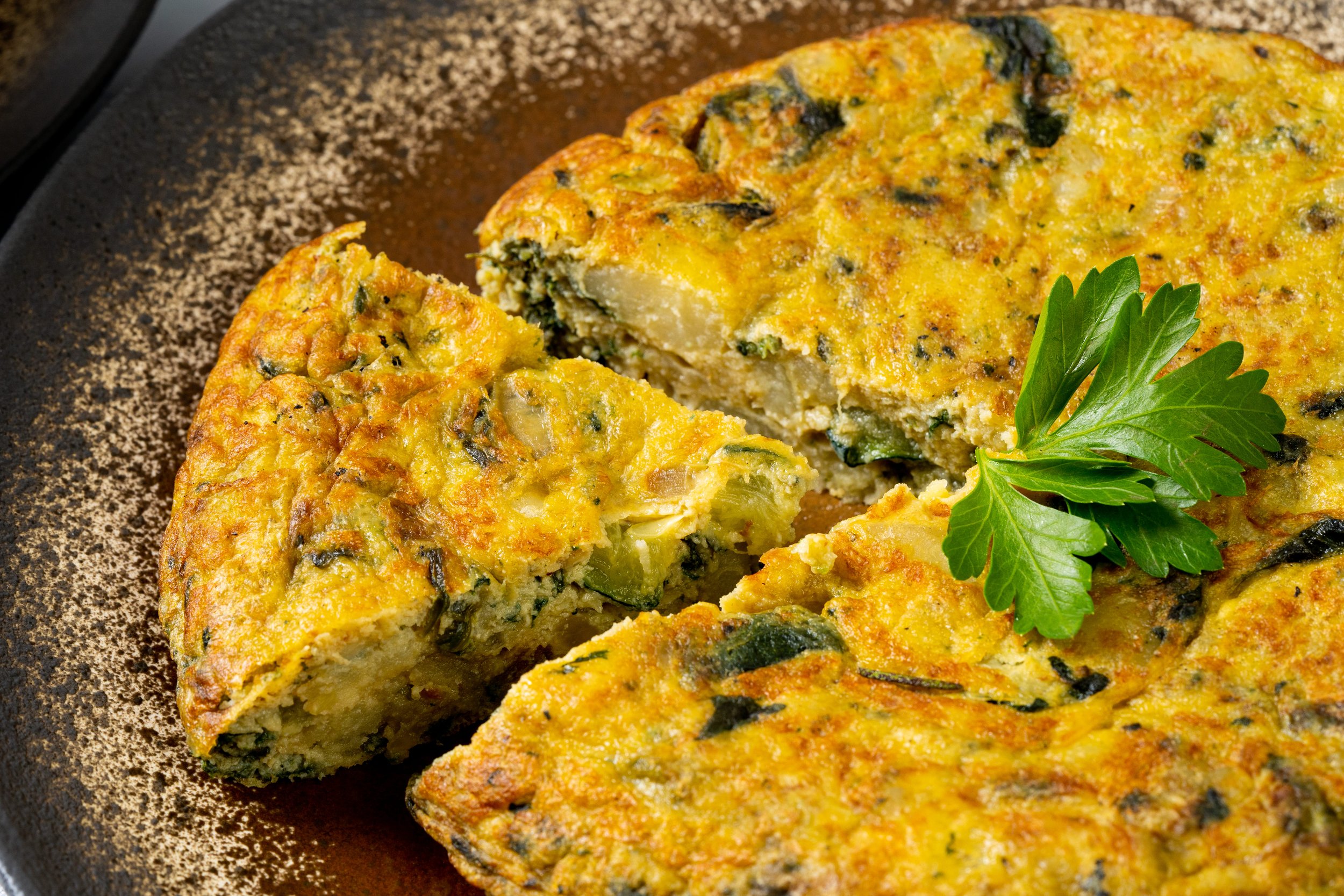
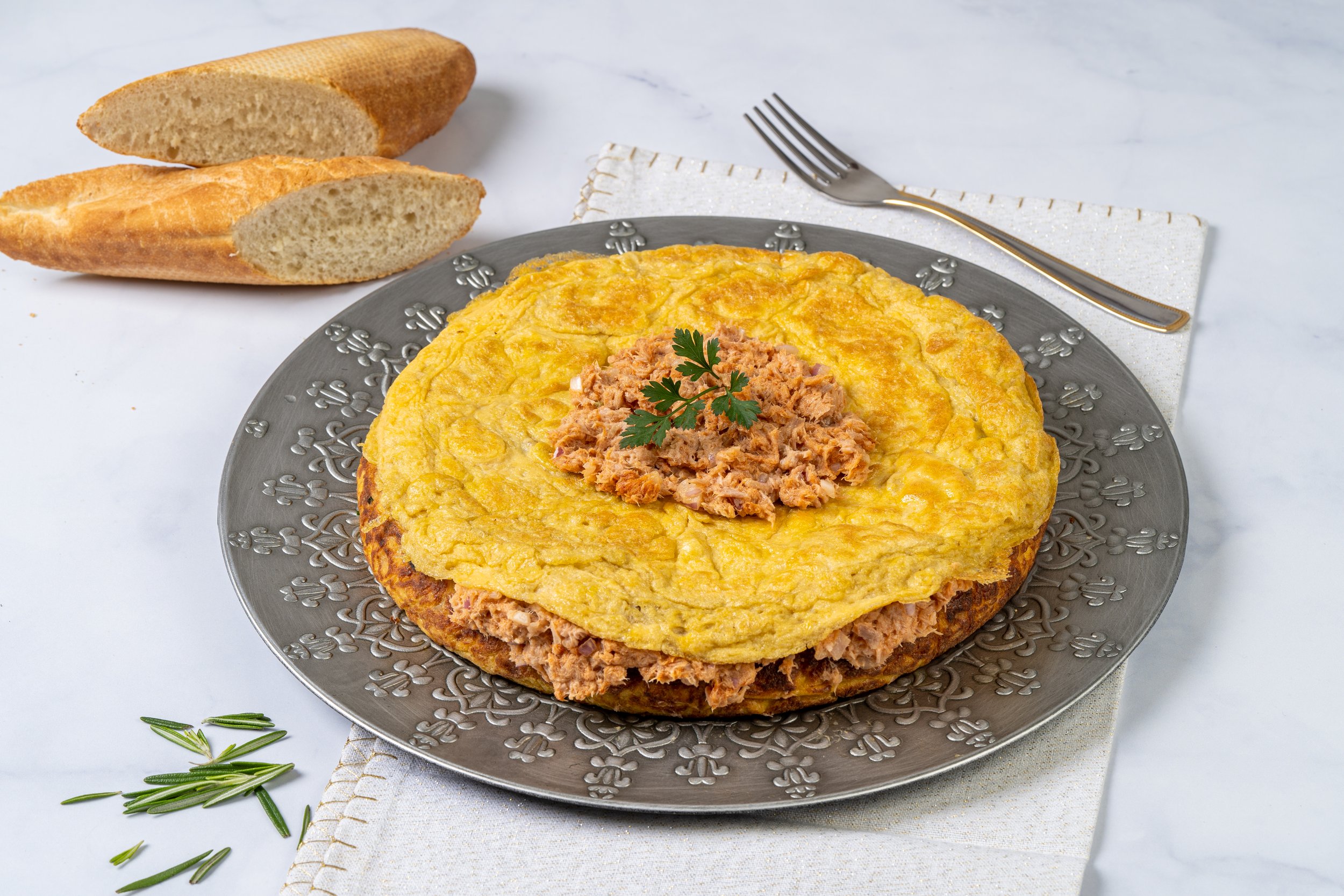
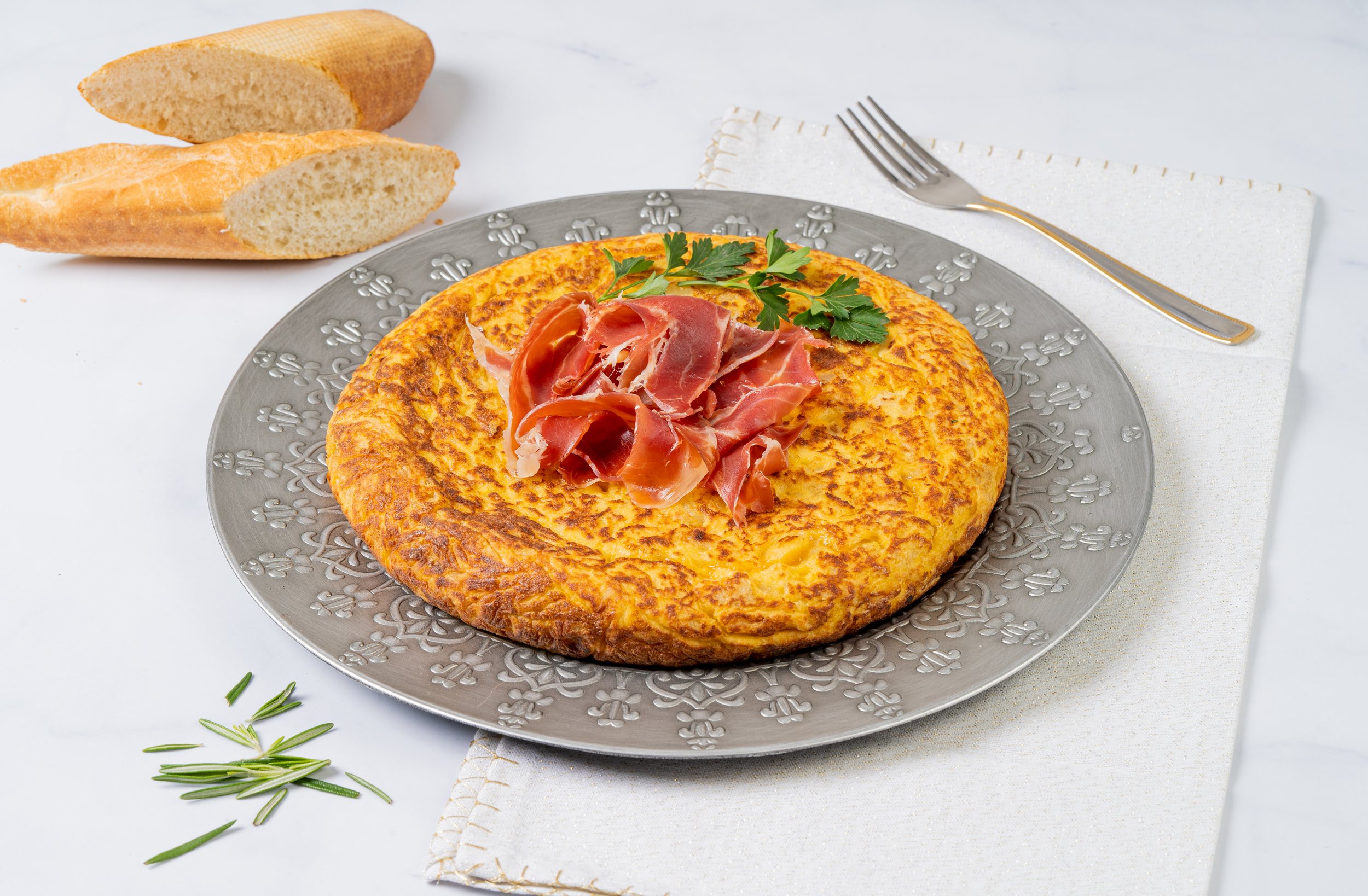
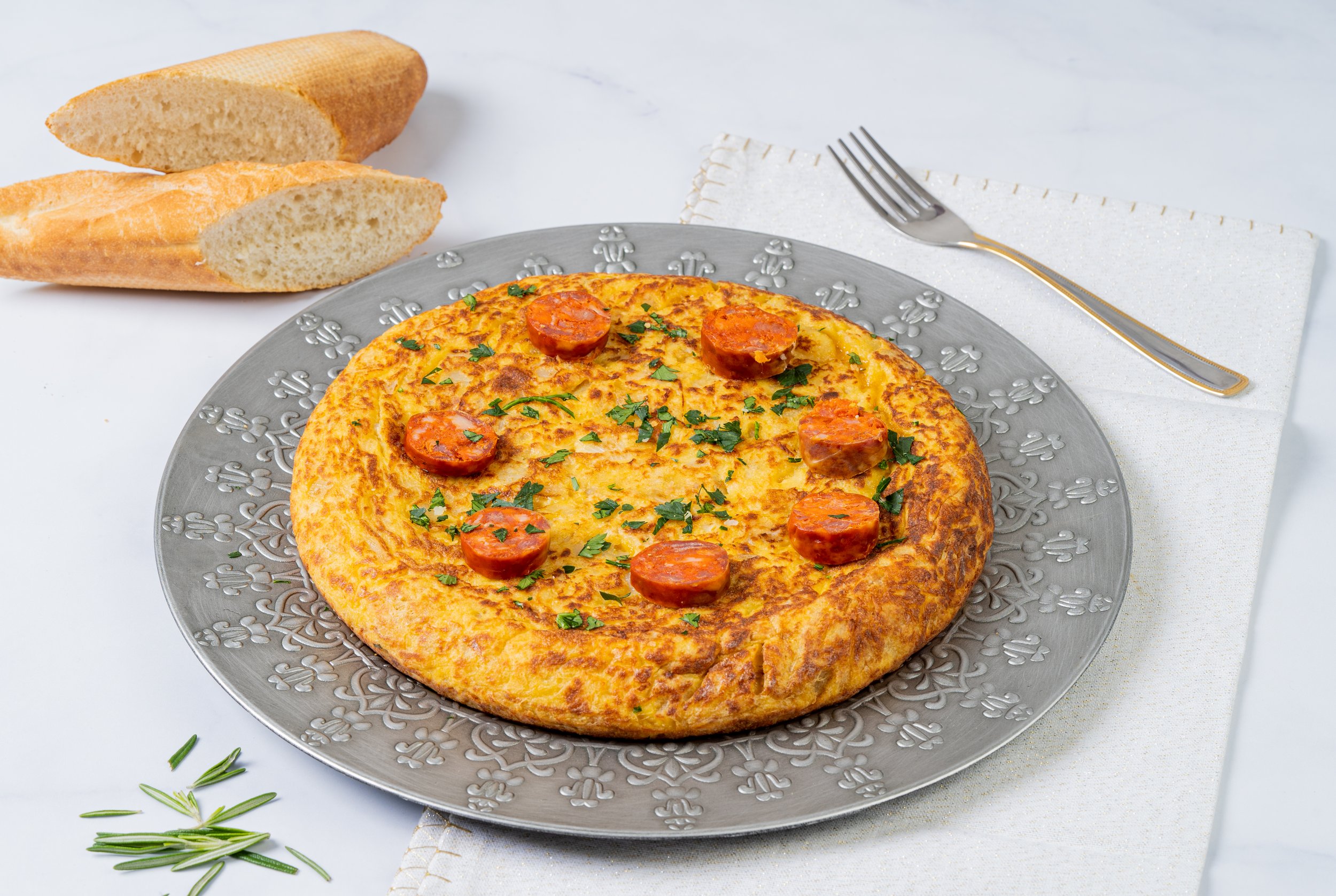
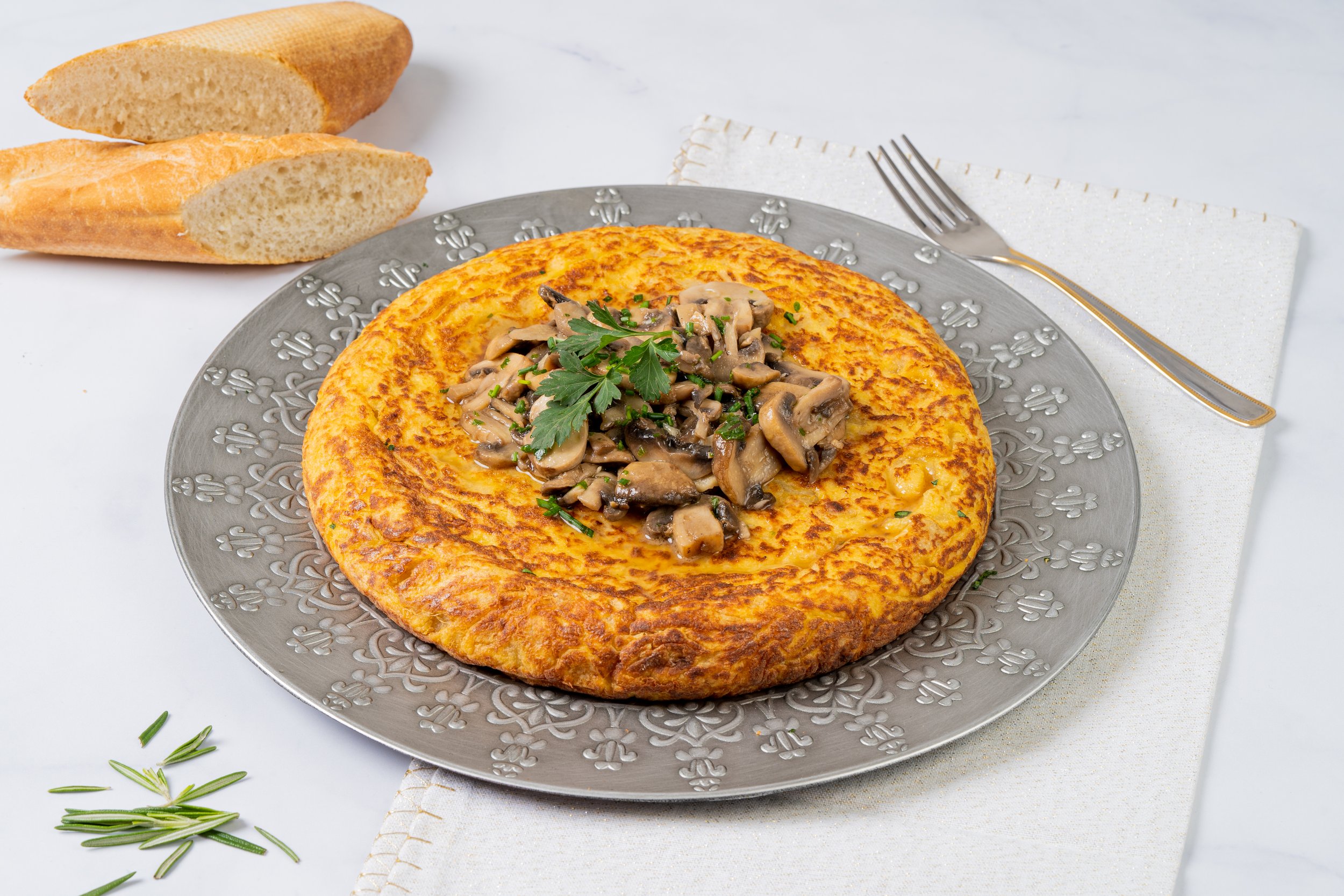
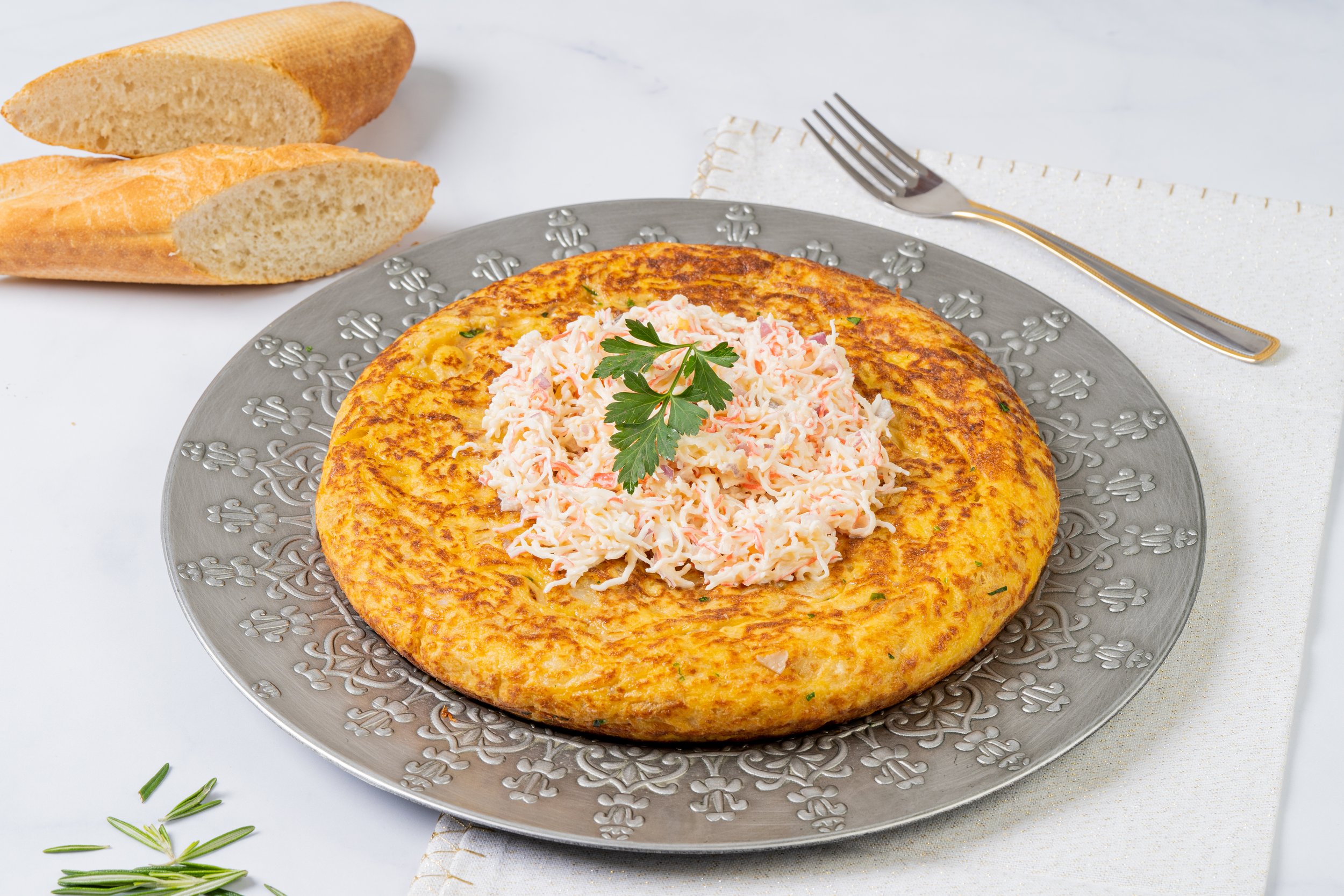
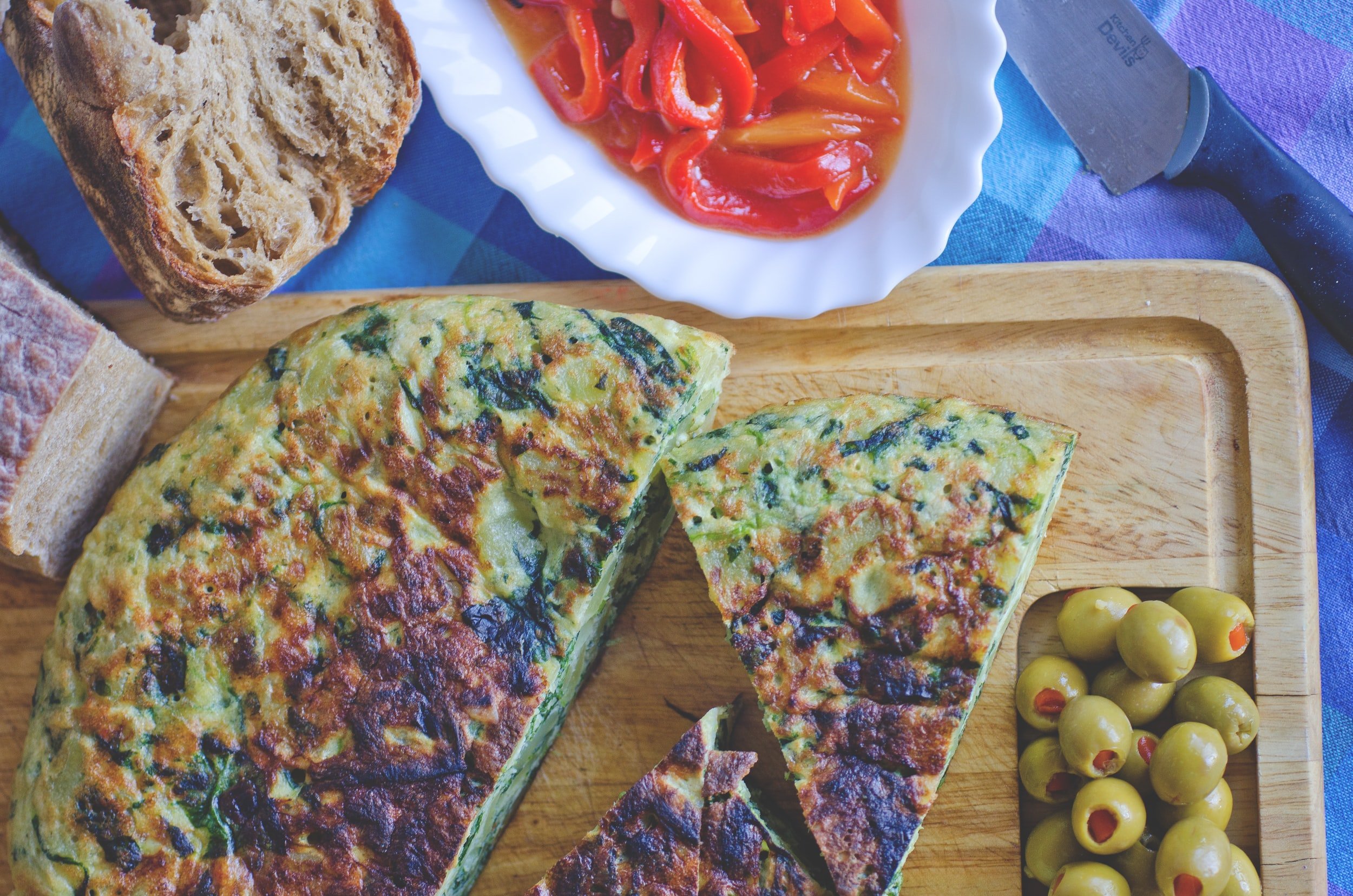
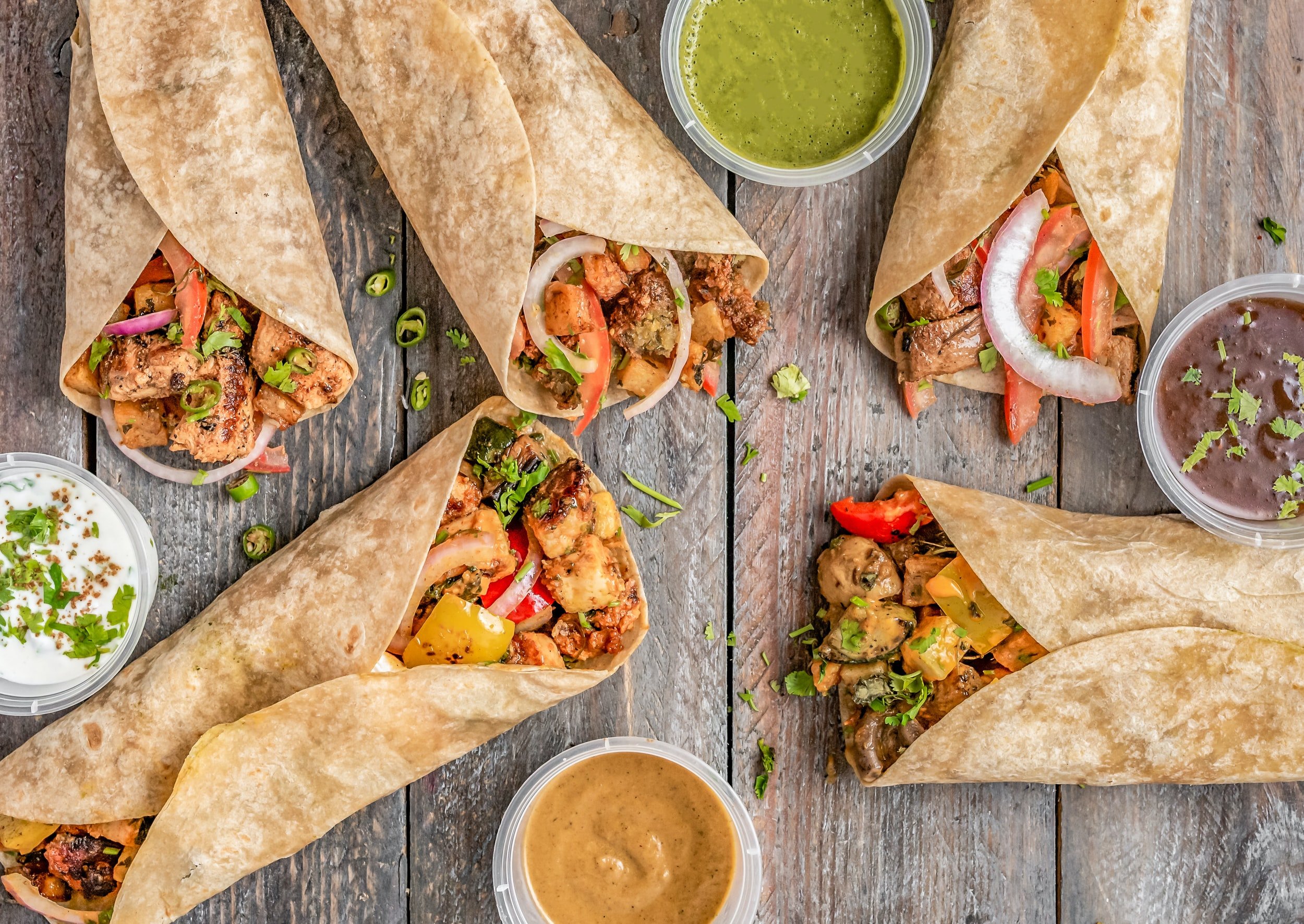









The Spanish tortilla is a traditional omelette and is an essential part of modern Spanish cuisine made with eggs, potatoes, and onions, but it can be served in a variety of ways..